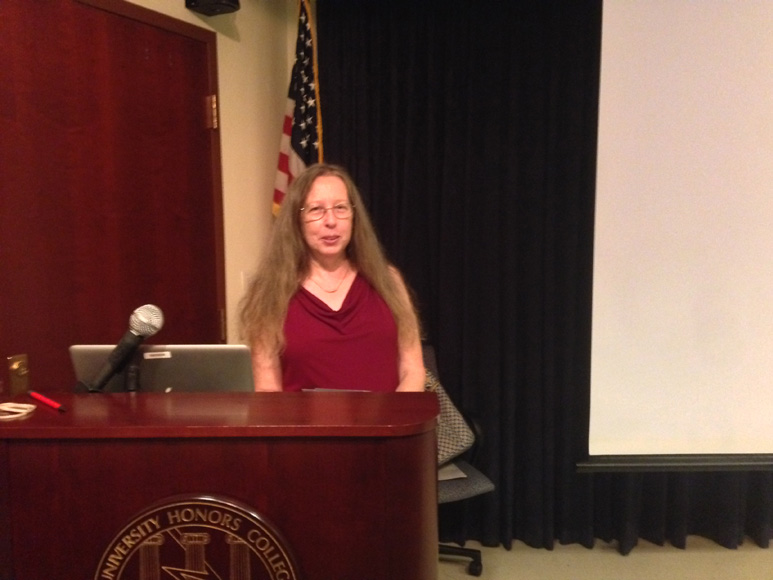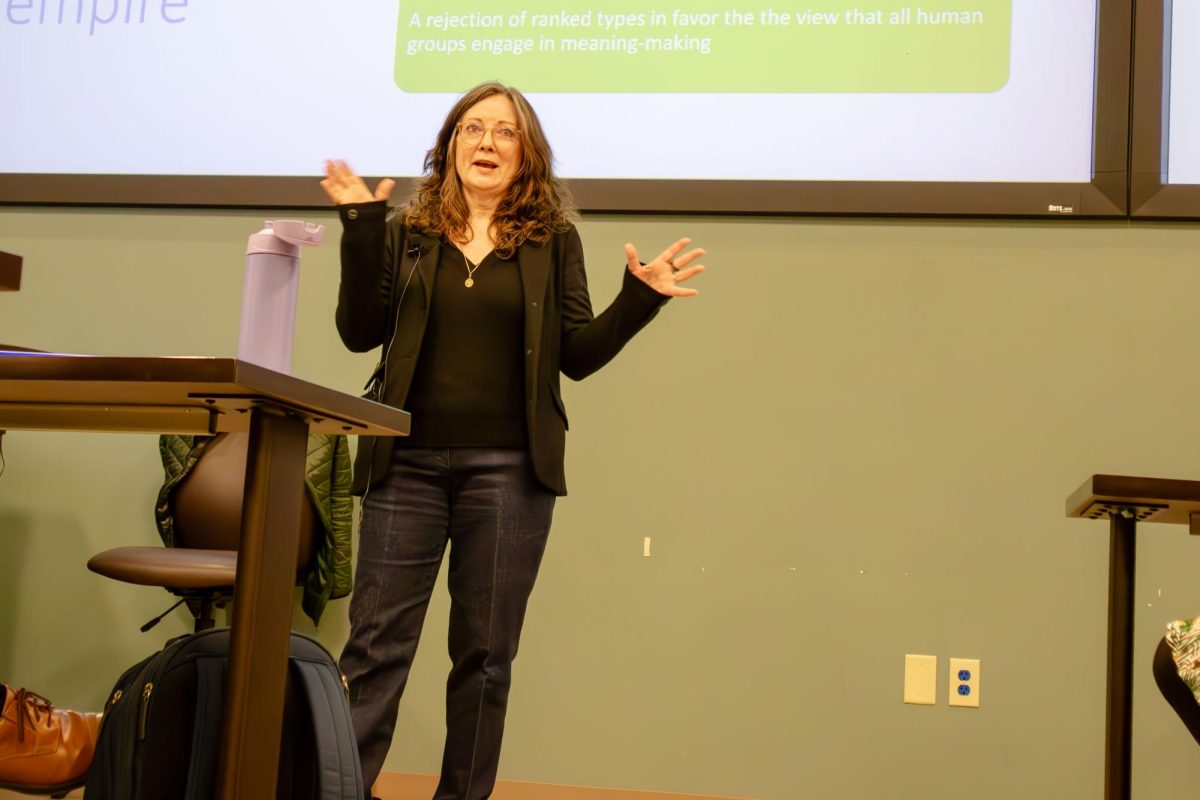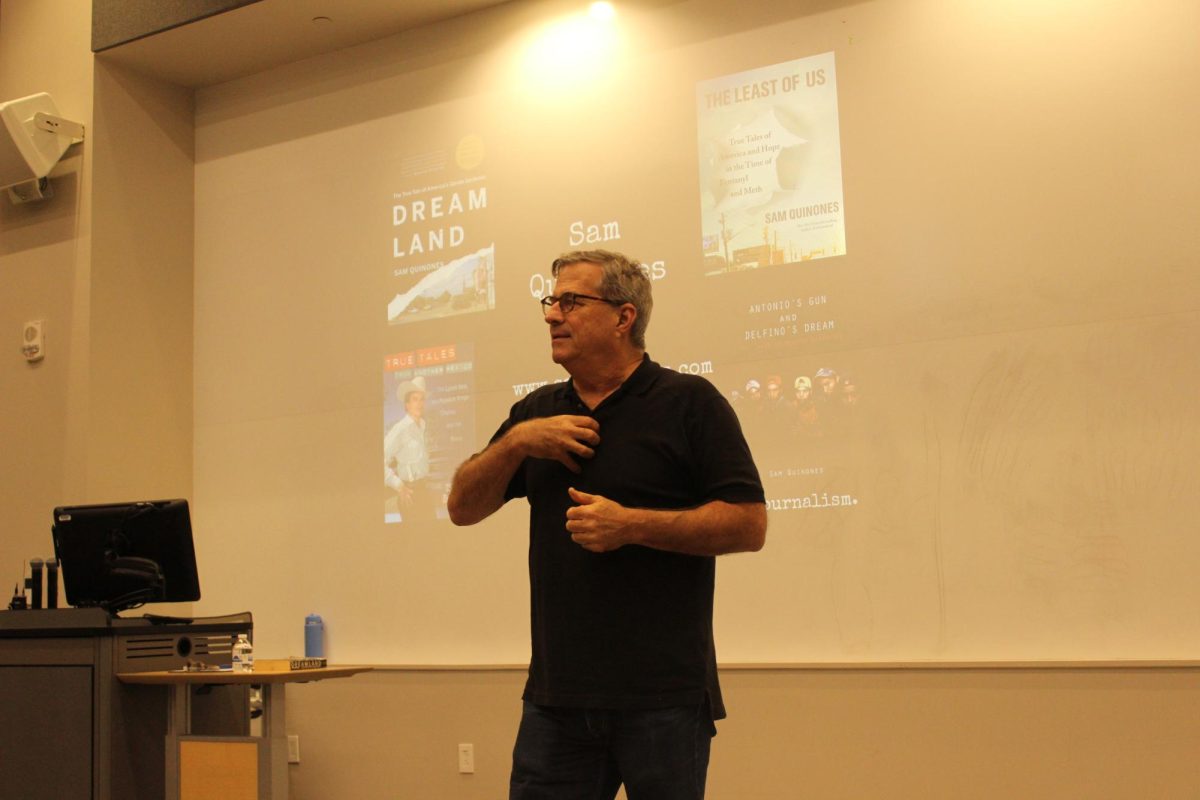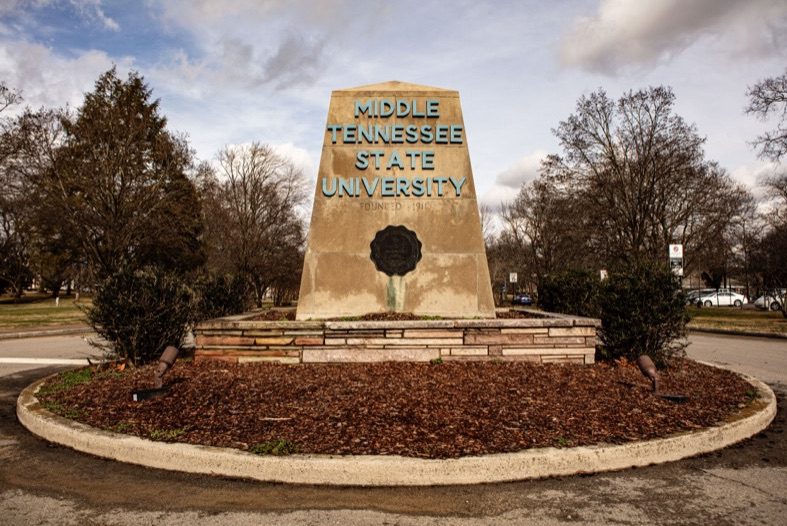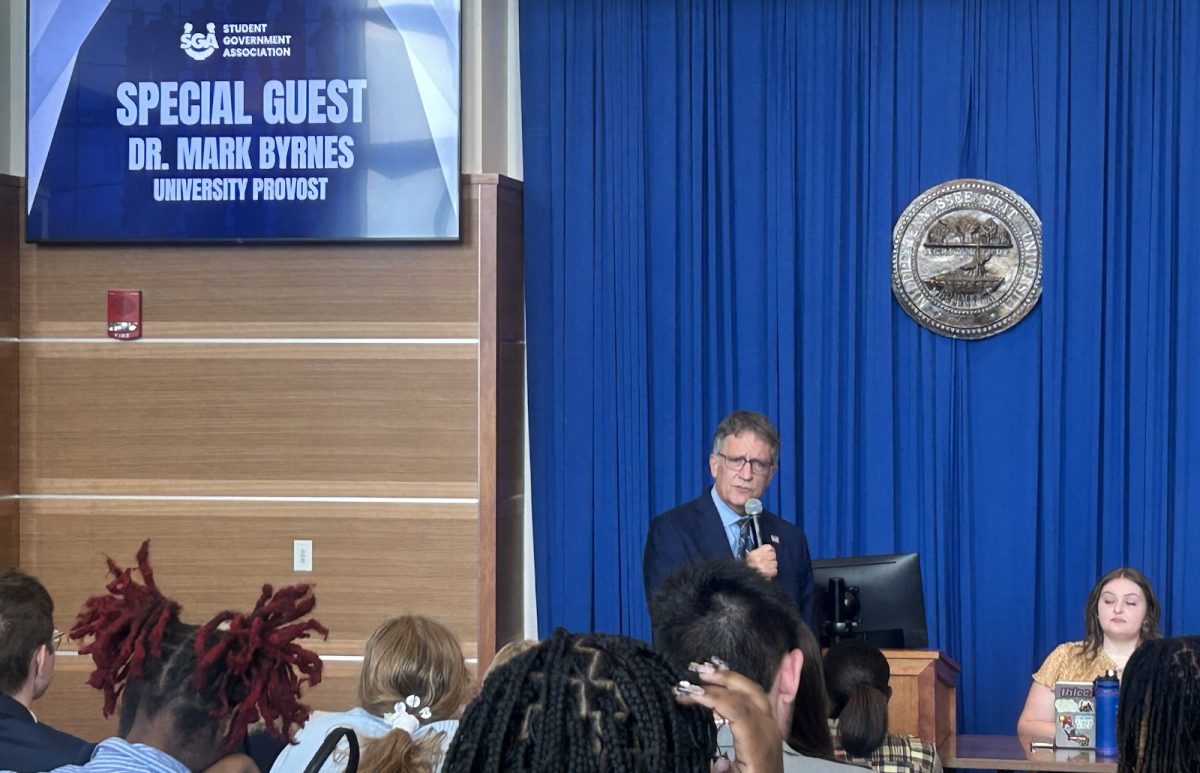Dr. Martha Hixon began Monday afternoon’s lecture at MTSU’s Paul W. Martin Sr. Honors Building by re-introducing the audience to a few childhood favorites.
The third in this semester’s series of lectures hosted by the Honors College, Hixon, a professor of English at MTSU who specializes in children’s literature, spoke on the use of landscapes and geography in children’s literature. She complemented her speech with images of maps of fantastical worlds like Neverland and The Hundred-Acre Wood.
Her first subject of discussion was Maurice Sendak’s beloved 1963 book Where the Wild Things Are.
Hixon said the narrative growth in Wild Things “depicts the mind of a troubled child” and is enabled by the child reader’s imagination. She said Spike Jonze’s 2009 film adaptation expanded on the monsters’ identities, creating an environment in which the child can remain imaginative and reflective.
Neverland, the setting of Peter Pan, does much of the same, according to Hixon. She expounded on the importance of symbols in children’s literature.
Dr. Hixon explained that symbolic details in maps are crucial to a child’s mental and emotional development by serving as a median between actual and perceived reality.
For Hixon, the land in which the characters of Winnie-the-Pooh live, The Hundred-Acre Wood, provides the framework for a perfectly fantastical map. She said the author, A.A. Milne, lived north of East Sussex, England, and infused his fascination with the place into his stories.
“It was a real place”, said Hixon, who showed the audience several versions of the map that appeared with Milne’s stories.
The Power of Place Fall 2014 Lecture Series will continue with Janice Brickey’s “Environment and Personal Place” on September 29.
For more campus news, follow us at www.mtsusidelines.com, on Facebook at MTSU Sidelines and on Twitter at @Sidelines_News.
To contact news editors Max Smith and Meagan White, email newseditor@mtsusidelines.com


